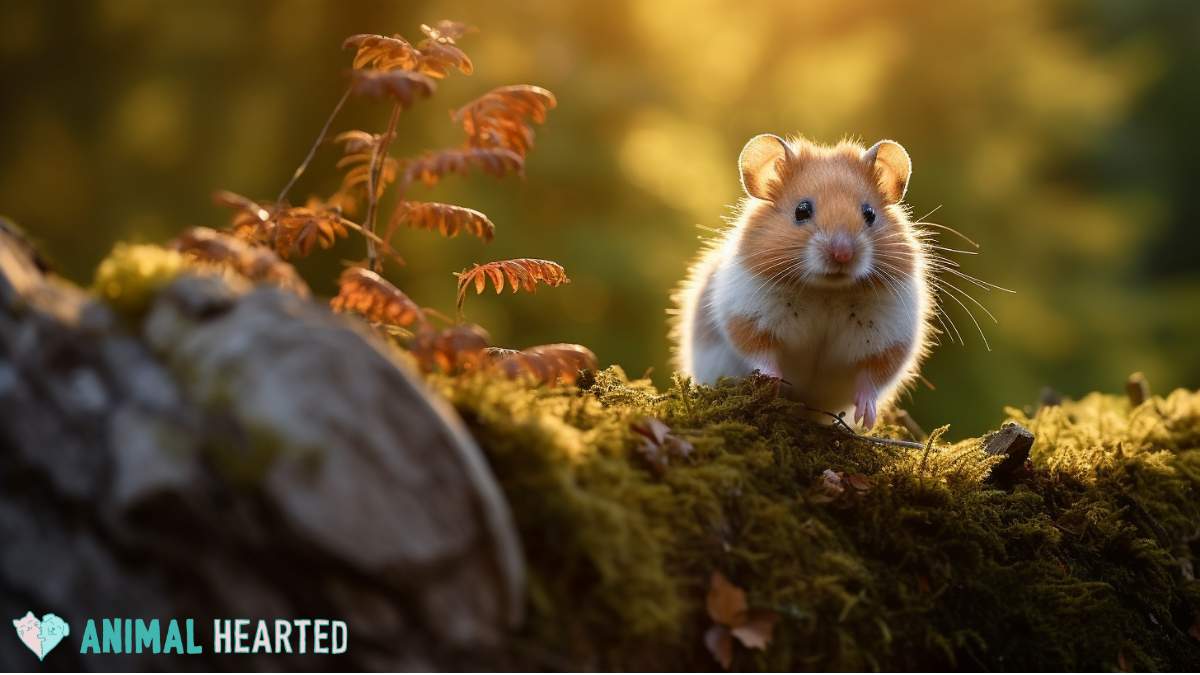Top Hamster Breeds for Children
Hamsters have long been cherished as delightful pets for children. Their approachable sizes and playful personalities make them ideal companions, particularly for young families. In this article, we will explore the top hamster breeds suitable for children, helping parents choose the perfect furry friend. Alongside detailed descriptions, we will also provide tips on caring for these lovable pets.
The Best Hamster Breeds for Families
When it comes to choosing hamsters for children, certain breeds stand out due to their friendly and sociable nature. Understanding each breed’s unique characteristics ensures you select a hamster that fits seamlessly into your family’s lifestyle.
1. Syrian Hamster
The **Syrian hamster** is often regarded as the quintessential pet hamster. These larger hamsters are solitary by nature and thrive best when housed alone. Syrian hamsters are known for their friendly demeanor and love for handling, which makes them perfect for young children under parental supervision. Their playful antics, such as running on wheels and exploring tunnels, provide endless entertainment. If you decide on a Syrian hamster, choose a spacious cage with plenty of enrichment, including tunnels, toys, and bedding for burrowing.

2. Dwarf Hamster
Dwarf hamsters, including the **Campbell’s dwarf hamster** and the **Roborovski hamster**, are smaller in size, making them adorable companions. They are slightly less interactive than Syrian hamsters but can be just as friendly once accustomed to handling. Dwarf hamsters love to be active, so providing them with a multi-level cage and plenty of toys can help them thrive. Children will enjoy watching these tiny creatures dart about, particularly the energetic Roborovski hamsters who are known for their speed!

3. Winter White Hamster
The **Winter White hamster**, another member of the dwarf category, presents a charming choice for families. Characterized by their striking fur that can change color in winter, these hamsters are friendly and relatively easy to care for. They can also live in pairs, giving children the joy of watching friendships between the two hamsters unfold. Like all hamsters, Winter Whites thrive with appropriate space, toys, and a varied diet rich in nutrients.

Considerations When Choosing a Hamster
Please remember that while hamsters are wonderful pets, they do require specific care to ensure their health and happiness. The following considerations can help make the decision more straightforward.
1. Habitat Requirements
Before bringing a hamster home, it’s important to create a suitable habitat. All hamsters need a spacious cage with proper ventilation. Syrian hamsters generally require a larger cage than dwarf varieties due to their size and solitary nature. Additionally, an enriching environment with hiding spots, climbing structures, and chew toys can mimic their natural habitat, improving their well-being. Make sure to clean the cage regularly to keep your furry friend healthy.
2. Handling and Interaction
Teach children the correct approach to interact with hamsters gently. Every hamster has its own personality; some might enjoy being held more than others. A helpful practice is to let the hamster get used to its new environment before introducing any handling. Show kids how to approach the hamster quietly and calmly, ensuring they understand the importance of handling them gently and avoiding sudden movements. Developing a bond with the hamster can take time but is a rewarding experience.
3. Nutrition and Diet
Hamsters thrive on a balanced diet consisting primarily of commercial hamster pellets, supplemented with fresh vegetables, fruits, and occasional treats like nuts or sunflower seeds. Understanding what to feed your hamster can help maintain its health over time. Encourage children to participate in selecting and preparing appropriate foods and discussing the importance of a healthy diet.
Key Takeaways
- Syrian hamsters are sociable and ideal for children but should be housed alone.
- Dwarf hamsters are smaller, love to play, and can sometimes live in pairs.
- Always prepare a safe and enriching habitat, including toys and hiding spots.
- Teach children proper handling techniques to build a bond with their pet.
- Provide a balanced diet to ensure your hamster remains healthy and happy.
FAQ
1. Are hamsters good pets for young children?
Yes, hamsters are excellent pets for young children, but they do require adult supervision. Selecting breeds like Syrian and dwarf hamsters can enhance their suitability due to their friendly nature. Teaching children responsibilities and proper hamster care provides a fun learning experience.
2. Can two hamsters live together?
While some dwarf hamsters can coexist in pairs, it’s generally advised to keep Syrian hamsters alone due to their territorial instincts. If you opt for dwarf hamsters, make sure to introduce them at a young age and monitor their interactions closely to avoid conflicts.
3. How can I train my hamster?
Training a hamster can involve simple commands or encouraging them to navigate mazes or tunnels. Start with short sessions and positive reinforcement, such as treats, to create a hands-on bonding experience between the child and the hamster.
4. What do hamsters need in their cage?
A hamster cage should include bedding for burrowing, water, food bowls, toys for mental stimulation, and tubes for exploration. Proper ventilation, size, and cleanliness are vital for their well-being.
5. How long do hamsters live?
Hamsters generally live between 2 to 3 years, depending on the species and care provided. Providing excellent care can help ensure that your hamster leads a healthy and happy life.
